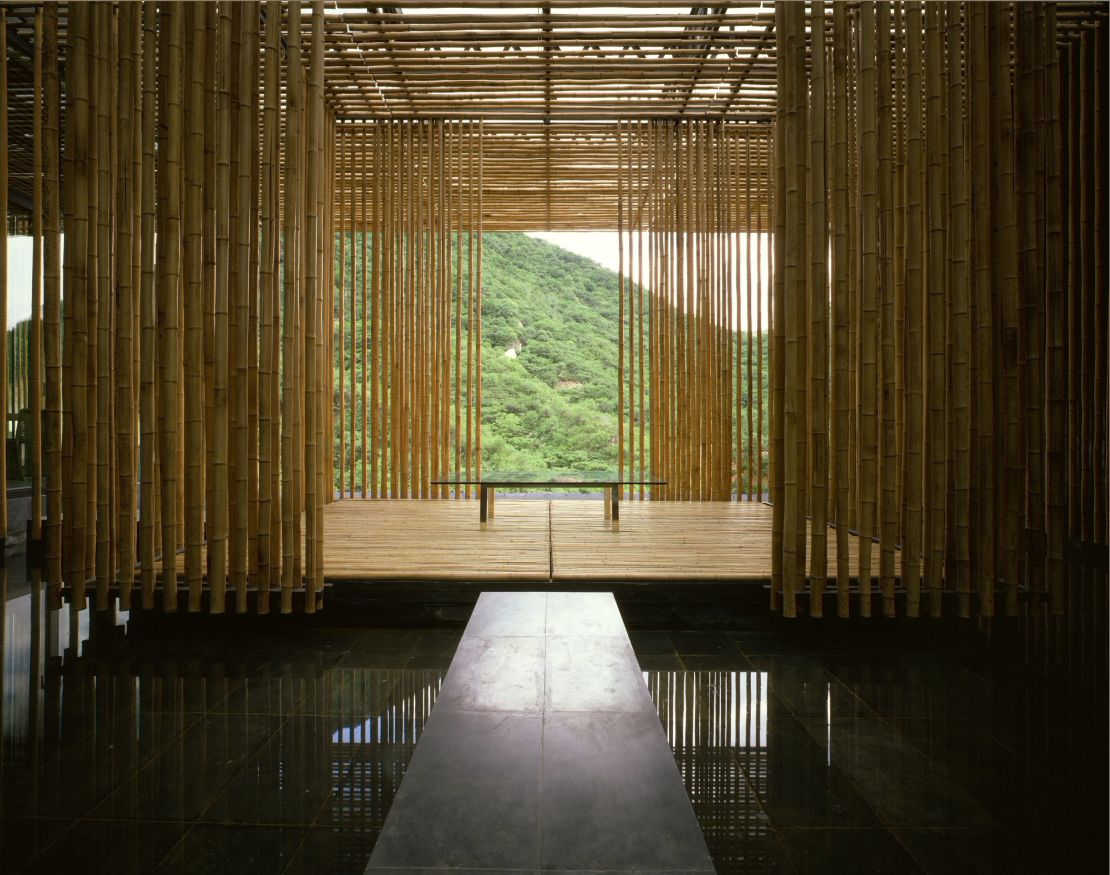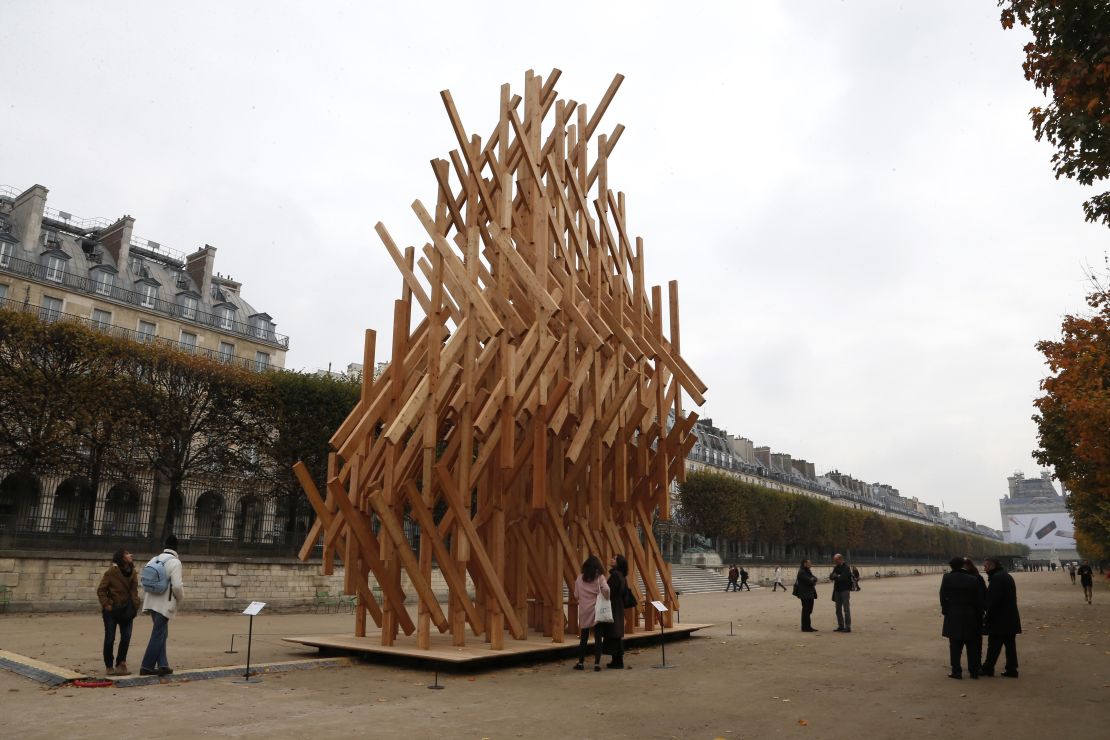Story highlights
Kengo Kuma, designer of the 2020 Tokyo Summer Olympics stadium, says modern engineering had led to a retreat to natural materials
The Japanese architect calls for a move away from our concrete past
He’s used to courting accolades, but Kengo Kuma also knows how to court international controversy.
When the Japanese government commissioned Iraqi-born British architect Zaha Hadid to design the 2020 Tokyo Summer Olympics stadium, award-winning architect Kuma leant his influential voice to the chorus criticizing the decision to not employ a homegrown talent.
The government was listening.
When Japanese prime minister Shinzo Abe scrapped last year Hadid’s design, Kuma’s alternate vision was chosen as the replacement.
Looking forward
Kuma is acutely aware of the responsibility that comes with designing an Olympic host’s national stadium.
“I’m designing the building for ten years’ (time), I’m not designing it for today,” he tells CNN, of the wooden-latticed building that will take the global stage in 2020.
“The most important thing for the designer is thinking about the future.”
It’s a philosophy that underpins Kuma’s thoughtful body of work.
Small innovations
So who is the man Japan has put in charge of its Olympic centerpiece?
Born in Yokohoma, Japan, in 1954, the architect left the corporate world to teach at Columbia University, in New York, before returning to Japan to found his own agency, Kengo Kuma & Associates, which today employs more than 150 people globally.

His work is defined by minimalism, an innovative use of natural materials and a humble quality, which both exudes serenity and holds the eye.
And while his Olympic stadium will seat thousands of spectators, some of his most respected projects, such as his contributions to Commune by the Great Wall – an award-winning boutique retreat outside Beijing – are on a much smaller scale.
Kuma says he is happy working at both ends of the spectrum.

“Smaller buildings can show the future of the city,” he says, adding that larger, business-focused projects have constraints that can impede creativity.
This detail-focused creativity was on show at this year’s Venice Architecture Biennale, where he presented a kitchen built from pots and pans. The stacked objects recalled the simple children’s building blocks he released last year – dubbed the Japanese version of Lego.
Those toys, in particular, captured Kuma’s fascination with simple wooden shapes – a fascination that is evident at the Jardin des Tuileries, in Paris, home to the Kengo Kuma Pavilion: a climbing frame built from a complex wooden lattice.

Going large
If Kuma can go small – i.e. kitchens and children’s toys – he is equally adept at going large.
Towers designed by the Japanese maestro have sprouted in cities across the globe including Tokyo, Japan; Shanghai, China; Dallas, United States; Vancouver, Canada; and Sydney, Australia.
His sprawling folk-art gallery at the China Academy of Arts in Hangzhou, China, and a Hans Christian Andersen Museum planned for the city of Odense, Denmark, meanwhile, both mark a serious ambition to contribute to conversation about architecture’s relationship with culture in the public sphere.
However, it’s those smaller projects, thinking on the more humble, micro level, that Kuma says interest him most.
“In the 20th century, the bigger buildings, the bigger projects were leading the design … but now, we are living in the totally opposite conditions. The bigger buildings cannot show the future,” he says.
Back to the future
Now that modern technology has solved problems such as the maintenance, flexibility and flammability of many natural materials, Kuma says he believes architects need to re-embrace using stone, wood and rice paper. This philosophy is reflected in his Olympic stadium design, which heavily incorporates the use of wood.
“We can go ‘back to the past’ but it is not a nostalgic movement. It’s a very futuristic past,” Kuma says. “The new technology can change the architectural direction.”
Perhaps giving insight into what we can expect for the construction of the Tokyo stadium, Kuma advocates working with local craftsmen, who have a better understanding of local natural materials, and thinking beyond the “concrete culture” of the past century.
“The human body is soft and warm and we need softer material, warmer material,” he says.
Beauty in strength
For Kuma, thinking in natural materials, and on a small scale basis, leads to a classic type of architecture.
“In the 20th century, most architects thought of architecture as producing the art pieces of the period. I think architecture is a never-ending project. Architecture should be permanent,” he says.
“I am always thinking about the future of my kids. We should think about the users of the building, and that is the next generation.”

















